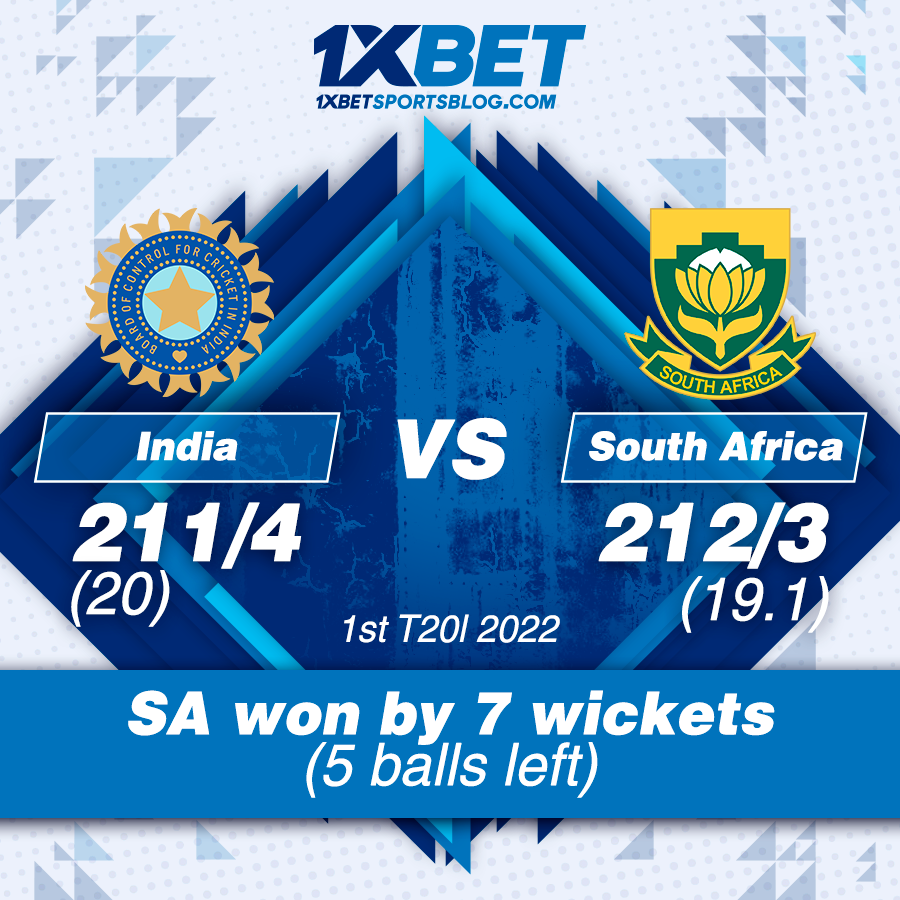Rohit Sharma's Strategic Brilliance Leads India to Victory in Tense Semifinal Clash

Credit goes to skipper Rohit Sharma for his keen understanding of the conditions and his ability to anticipate the batters' moves like a Grandmaster in chess. Although he didn't have to decide whether to bat or bowl after the toss, he was clear in his preference that he would have batted first if he had won the toss. When his counterpart chose to field, the Indian captain had no complaints. He was eager to take advantage of a surface that was only going to deteriorate as the game progressed.
The first signs of serious demons beneath the pitch emerged when Rohit himself got out. He was undone by a turning ball that stayed abysmally low. On a normal pitch, his wild swing would have sent the ball soaring over the mid-wicket fence. It was clear then that the track was a rank turner. Before his dismissal, the Indian skipper had reached a half-century, his second in a row against high-quality opposition.
Rohit's exceptional batsmanship was evident in his substantial contribution to the team's total under challenging conditions. Suryakumar Yadav's quality batting (47 off 36 deliveries) provided momentum to India's innings, which was further propelled by quickfire cameos from Hardik Pandya, Ravindra Jadeja, and Axar Patel. India's total of 171 for seven was 20 runs above par on that pitch. The Indian spinners simply needed to bowl in the right areas to capitalize on the conditions. A 68-run win was a surprise but an India win was always on cards once they had scored as many as 171.
That was the basis of the discussion during the innings break in the Indian change room. "We talked in the dressing room that it's not an easy wicket. We could have easily defended at 170. It was a very good score," Axar Patel, declared player of the match, said. "The way the wicket was behaving, when we spoke to Rohit, he said it was very difficult to hit a big shot because the odd ball is spinning and the odd ball is also staying down, skidding on. So that was our thought that 150-160 is a very good score, we can defend it. So, when we made 170, we knew that we made 10-15 runs more and the plan was the same."
What he did not say but definitely meant was that it was not a 103-run wicket either, but a member of the Indian coaching staff would later say that the team was surprised by the meek surrender of the defending champions. But the imaginative bowling changes of Rohit here cannot be overstated. Every option Rohit took was aimed at creating more pressure on the batters. And the best thing about that was that they all appeared to be based on the game in front of him rather than any set formula decided in the dressing room.
He knew the matchups but stayed in sync with the flow of the game and took decisions as the game unfolded. He pushed Axar to bowl two overs in the PowerPlay and kept the pressure on by continuing to bowl spin all through. Hardik Pandya, the third pacer, was introduced to bowl only in the 15th over when the match was well and truly over. England was already eight down. At one stage, there were two close-in slip fielders. Pressure from the Indian captain was unrelenting on the England side.





